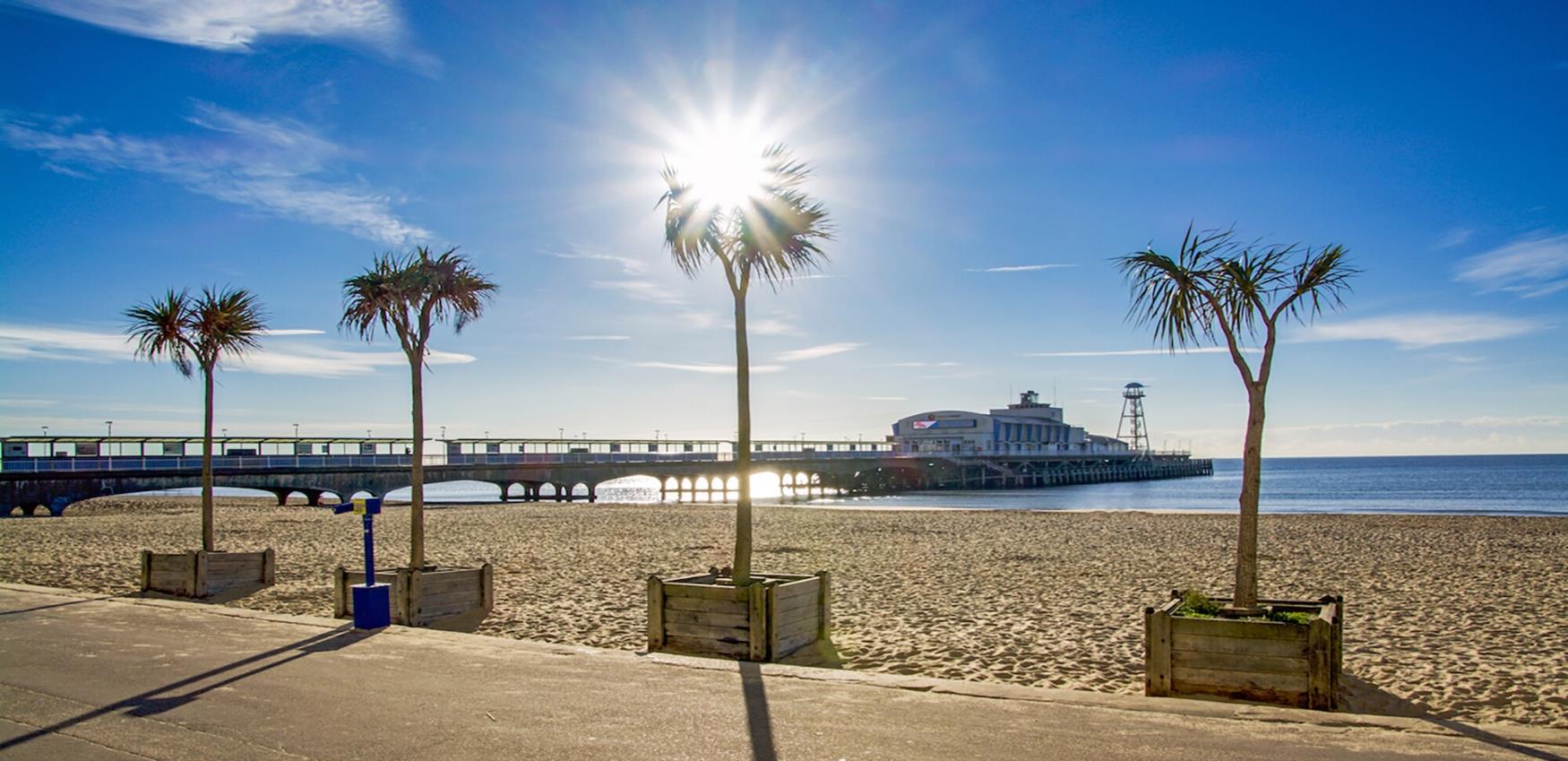What made the Bournemouth Weather change?
What made the Bournemouth Weather change? – What makes the Bournemouth weather, well, weather? The simple answer might be the Earth’s atmosphere and the changes that take place there. But take the investigation a step farther and ask how those changes occur. Or better yet, why they occur.
There is one factor that can take most of the blame (or credit) depending on how the weather change affects life on Earth. Without the sun, we would have no weather formations. First of all, without a sun to warm the planet the atmosphere and everything else would be frozen. But thanks to the sun’s warmth air masses warm up, rise, cool, sink toward the ground and so forth. These patterns of circulation have the distinct task of creating differences in atmospheric pressure. The resulting air movement is commonly called win. joker388

Weather types are, to put it quite simply, the result of the constant interaction of the sun’s heat, the atmosphere and its air masses, and the land or water beneath the air mass. As with all matter, air in the atmosphere is made up of molecules. While these basic items of matter move all the time, there are differences in how concentrated the molecules are. When many molecules are packed together (denser) greater air pressure results.
This one fact has a great deal to do with the various weather styles plants and animals experience around the globe. Air pressure is strongest or greatest near the surface of the Earth, and of course, this pressure decreases higher in the atmosphere. It is common knowledge that the atmosphere, at sea level, places 14 ½ pounds of pressure on each square inch, though plants and animals are quite comfortable with this level of pressure.
Constantly moving molecules in the air can “speed up” when heated or “slow down” when cooled. Heating of an air mass by the sun causes that mass to expand and become lighter. The lighter air mass then rises, completing a process called convection. This unique process is happening constantly somewhere in the atmosphere, somewhere around the globe.
However, the process is anything but consistent when it comes to levels of heat. A number of factors can alter the activity of an air mass. For instance, warm air above the ocean, for example, may rise at first (low pressure) but it will cool as it goes higher in the atmosphere. That air mass, now cooler, will eventually sink toward the Earth (high pressure). Air masses moving from one type of pressure area to another creates what we commonly called wind. It stands to reason that if there is a great difference between the high pressure area and the low pressure area the resulting winds will be stronger.
There are a few other factors to take into consideration when discussing weather patterns and weather changes. The orbit of the earth around the sun will have some effect on planet conditions, as will the earth’s rotation and the fact that it is tilted several degrees on its axis. This tilt alone has a lot to do with how much heat a certain part of the Earth will receive. Understanding these few basic factors can start us on the road toward more solid knowledge of weather and weather patterns.
Read More
